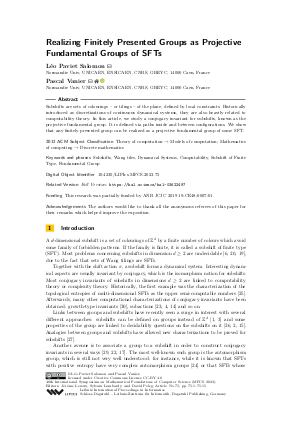LIPIcs.MFCS.2023.75.pdf
- Filesize: 0.87 MB
- 15 pages

 Creative Commons Attribution 4.0 International license
Creative Commons Attribution 4.0 International license














Feedback for Dagstuhl Publishing